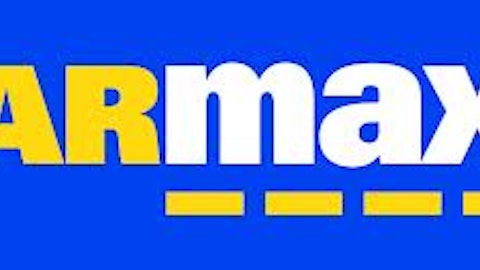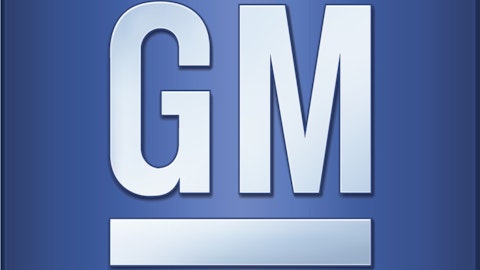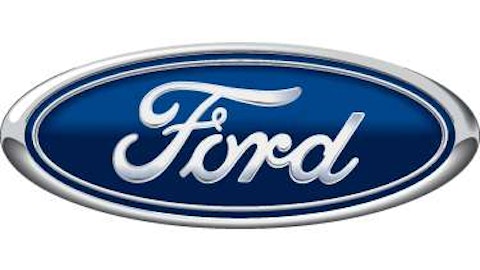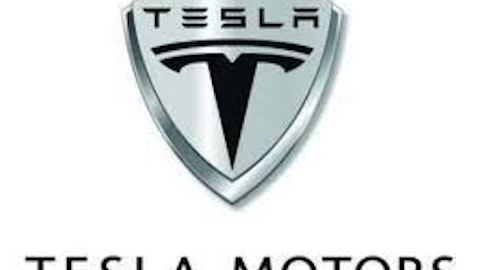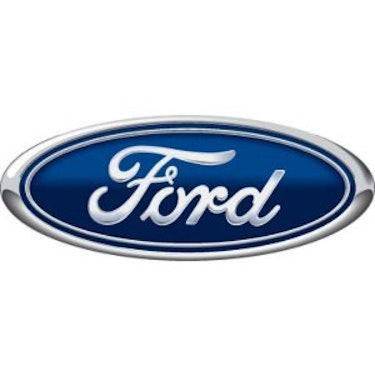
Those who follow the industry know very well that the SAAR figure came in weaker than anticipated for both March and April. This sent some hiccups in the investor circles that are betting on a strong revival in the auto market given the easy availability of credit, high average age of on-road cars and high replacement demand. Now the important question is, is the auto industry back on track to display strong gains?
What is SAAR?
Before we discuss the key takeaways of this month’s auto sales, it is important to understand what SAAR is. Many readers tend to get confused between the actual sales and the SAAR figure. While the actual sales figure shows us the actual amount of vehicles (in units) that have been sold in a particular month, the SAAR figure depicts the selling rate of vehicles for a particular month. By this I mean that a SAAR rate of 15 million for a particular month indicates that the auto industry is on pace to sell 15 million vehicles on an annual basis.
Key Takeaways
Within last month’s result, there are three key takeaways:
SAAR back on track
Whereas the somewhat weak April SAAR of 14.9 million yielded concerns for some, the 15.3 million print posted in May showed that the industry is still on pace for a healthy 2013. With first half sales largely in the books and with SAAR averaging 15.2 million year-to-date, the Street remains comfortable with 15.5 million full-year 2013 estimate, expecting SAAR in the 15.7 to 15.9 million range for the second half of 20113 (consistent with guidance by Ford Motor Company (NYSE:F), largely driven by continued strength in large pickups. Beyond this, little upside to the 15.5 million estimate can be seen, as it would require SAAR number of 16 million+ in the second half, which seems quite unlikely.
Strong pickup sales
The large pickup segment was up 24%, solidly outpacing the rest of the industry, which was up only 6%. The large pickup mix as a percentage of total sales was 11.8%, coming in 150 bp higher on a year-over-year basis. Moreover, it was the best May for large pickup mix since 2007, when the large pickup mix was 12.8%.
The strength in pickups has significantly helped the D3 – i.e., Ford Motor Company (NYSE:F) large pickup sales were up 28%, allowing Ford to reach share of 17% for the entire industry for the first time in two years. General Motors Company (NYSE:GM) saw a 23% rise, which was higher than anticipated given lower large pickup incentive spend.
With inventory trimmed down to 93 days from 103 days at the end of April, the market has increased confidence that General Motors Company (NYSE:GM) will be able to enter the launch of its new trucks with strong price discipline, with tailwinds likely to be realized in the second half of 2013.
Did a weak yen impact incentives?
There are no signs of a weak yen impacting incentives as yet. On average, incentives on cars for the Japanese-three (Nissan, Toyota and Honda) were down ~$375 year-over-year but up about $265 month-over-month. A planned inventory reduction from Nissan appears to have been the main culprit for the month-over-month increase.
Inventories for the Japanese-three are now at reasonable levels and no major increase in car incentives in June is expected from the trio. Increasing content/vehicle options may be the preferred way for the Japanese OEMs to reestablish competitiveness given the weaker yen. However, it should be noted that consensus expected Nissan to cut incentives in conjunction with reductions in list prices on seven models; this did not occur in May as Nissan’s average incentive spend on cars increased ~$530 (on a month-over-month basis).
Company-wise performance
Now let’s have a look at the company-wise performances:
General Motors Company (NYSE:GM) May sales came in below the Street consensus expectations, partially driven by weak fleet sales. General Motors Company (NYSE:GM) posted sales increase of 3.1%, below Street’s consensus of +5.7%. GM truck sales were up 9.7% while car sales were down 6.4%. General Motors Company (NYSE:GM) large pickup sales were up 23% and commanded 36.2% of the market. GM had 17.5% market share for the entire industry in May, ~90bp below the same period last year, and sequentially down ~100bp.
General Motors Company (NYSE:GM) has been undergoing a solid change under the supervision of the determined CEO, Dan Akerson. Also the company is undergoing the largest product portfolio turnaround since its inception. This along with the fact that the stock is trading at a cheap forward multiple of 7x makes the stock a buy.
Ford Motor Company (NYSE:F) May sales were up 14.1%, above consensus of +9.9%. In the month, Ford’s passenger car sales were up 9.4% y/y led by improvement in Fusion sales. Ford truck sales were up 16.8% with F-Series sales up 31%, and Escape up 26% (with Escape posting its best-ever sales month in its 13-year history).
Ford Motor Company (NYSE:F) posted a market share of 17.0% for the month, up ~90bp on year-over-year basis and ~50bp sequentially; the 17.0% market share is the best monthly market share for Ford Motor Company (NYSE:F) since mid-2011, when Ford sales benefited post the Japanese tsunami.
Ford Motor Company (NYSE:F)’s small car sales have been the bright spot for the company. Also, the F-series trucks have been the most sold truck brand in the US. A strong product portfolio along with the fact that the stock is trading at a cheap forward multiple of 8x makes the stock a buy. Its One Ford strategy is expected to bring exceptional bottom-line improvement.
Toyota Motor Corporation (ADR) (NYSE:TM) posted a 2.5% increase. Passenger car sales were up 4.0%, while light truck sales increased by 0.5%. Toyota Motor Corporation (ADR) (NYSE:TM) share was 14.4% in May, down ~80bps year-over-year but up ~70bps sequentially.
Toyota Motor Corporation (ADR) (NYSE:TM) has recently been viewed as a favorable stock after the company reported a profitability level (this earnings season) it once used to have prior to the crisis of 2009. Also, the company’s products (Camry and Corolla) have been a super hit in the market. The return of the Lexus division to profitability will also help the company to grow.
Final word
A comeback by SAAR after two months of weak results has sent bullish signals to the market. However, the prior weakness has told us one thing: The SAAR for 2013 may not reach the 16 million mark.
The article 3 Things to Learn From May Auto Sales originally appeared on Fool.com and is written by Zain Abbas.
Zain Abbas has no position in any stocks mentioned. The Motley Fool recommends Ford and General Motors. The Motley Fool owns shares of Ford. Zain is a member of The Motley Fool Blog Network — entries represent the personal opinion of the blogger and are not formally edited.
Copyright © 1995 – 2013 The Motley Fool, LLC. All rights reserved. The Motley Fool has a disclosure policy.
